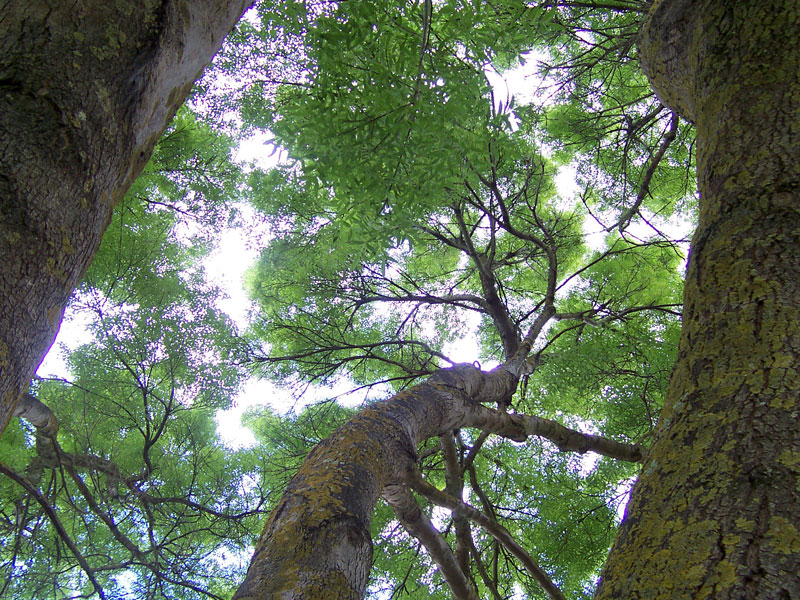Researchers at the Salk Institute for Biological Studies in the US have fathomed the molecular secrets of how plants stretch and grow their way into the sunshine.
 Plants can differentiate between the shade of an inanimate object and the shade of another plant, by detecting a relative increase in the levels of a wavelength of light that green plants reflect. When a plant detects competition from neighboring plants, it initiates a set of responses, called collectively the shade avoidance syndrome, synthesising a hormone called auxin that diverts all of the plant's energy into elongating its stem to reach the light.
Plants can differentiate between the shade of an inanimate object and the shade of another plant, by detecting a relative increase in the levels of a wavelength of light that green plants reflect. When a plant detects competition from neighboring plants, it initiates a set of responses, called collectively the shade avoidance syndrome, synthesising a hormone called auxin that diverts all of the plant's energy into elongating its stem to reach the light.
Even though this causes plants to grow, it diminishes its bulk of leaves, fruit and seeds by diverting all of its energy into lengthening its stem.
The researchers identified a handful of genes that play a role in the shade response, one of which encoded an enzyme with an active site that was likely to bind an amino acid called tryptophan, which plants use to synthesise auxin.
Recreating the plant's biochemistr, the team was able to confirm that the enzyme uses tryptophan to catalyse the first reaction in a three-step auxin-synthesis pathway. The new enzyme became known as tryptophan aminotransferase or TAA1 for short.
So when a light receptor in the plant detects neighbouring plants, it triggers the TAA1 pathway resulting in a rapid increase in auxin, which is transported to sites in the stem where it can stimulate growth.
- Previous Ivy makes nanoparticles
- Next Superinsulators










Comments
Add a comment